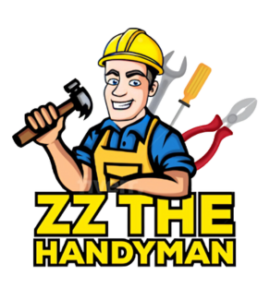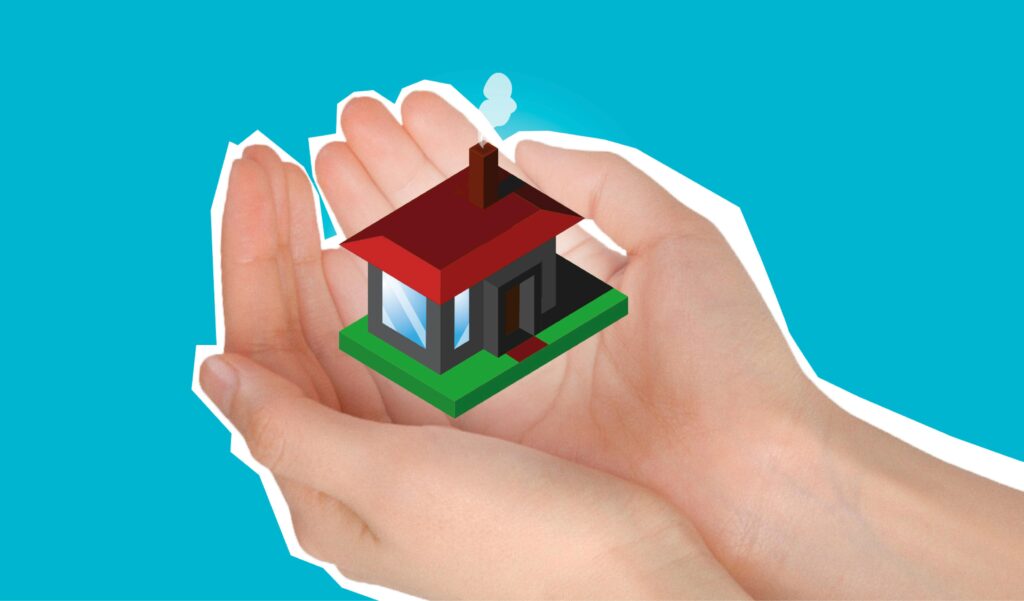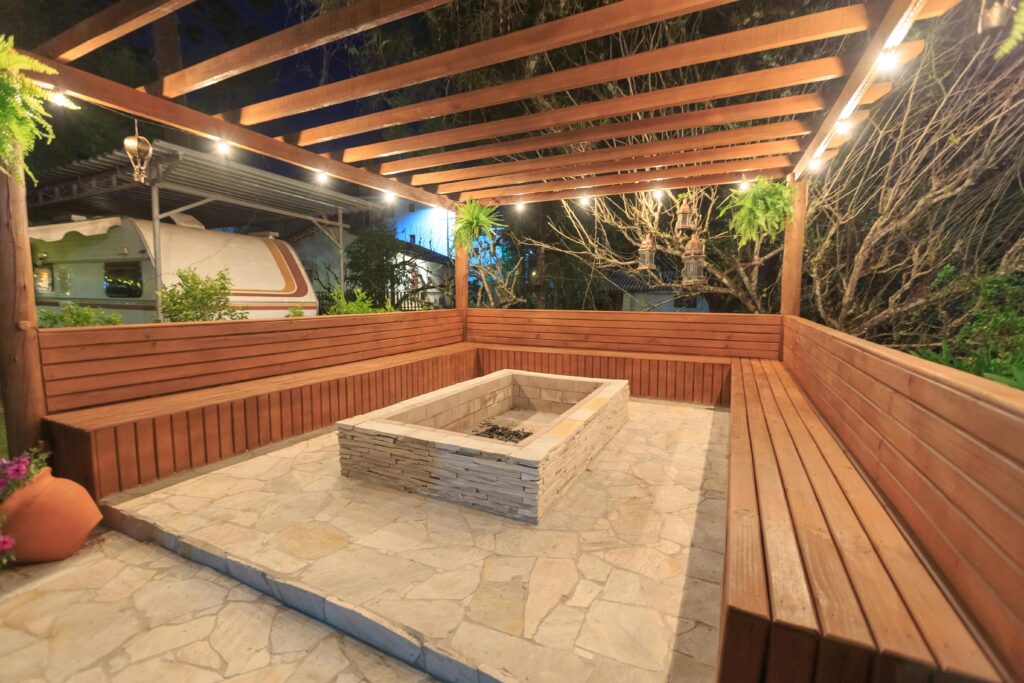How Small Companies Can Raise Money by Filing a Reg D and Finding Accredited Investors.
ZZ is considering raising capital to expand its footprint to purchase minivans, equipment & train staff, etc. In the competitive landscape of modern business, small companies often face the challenge of securing the necessary capital to fuel growth and innovation. Traditional funding methods, such as bank loans, may not always be accessible or adequate. For these businesses, […]
How Small Companies Can Raise Money by Filing a Reg D and Finding Accredited Investors. Read More »









